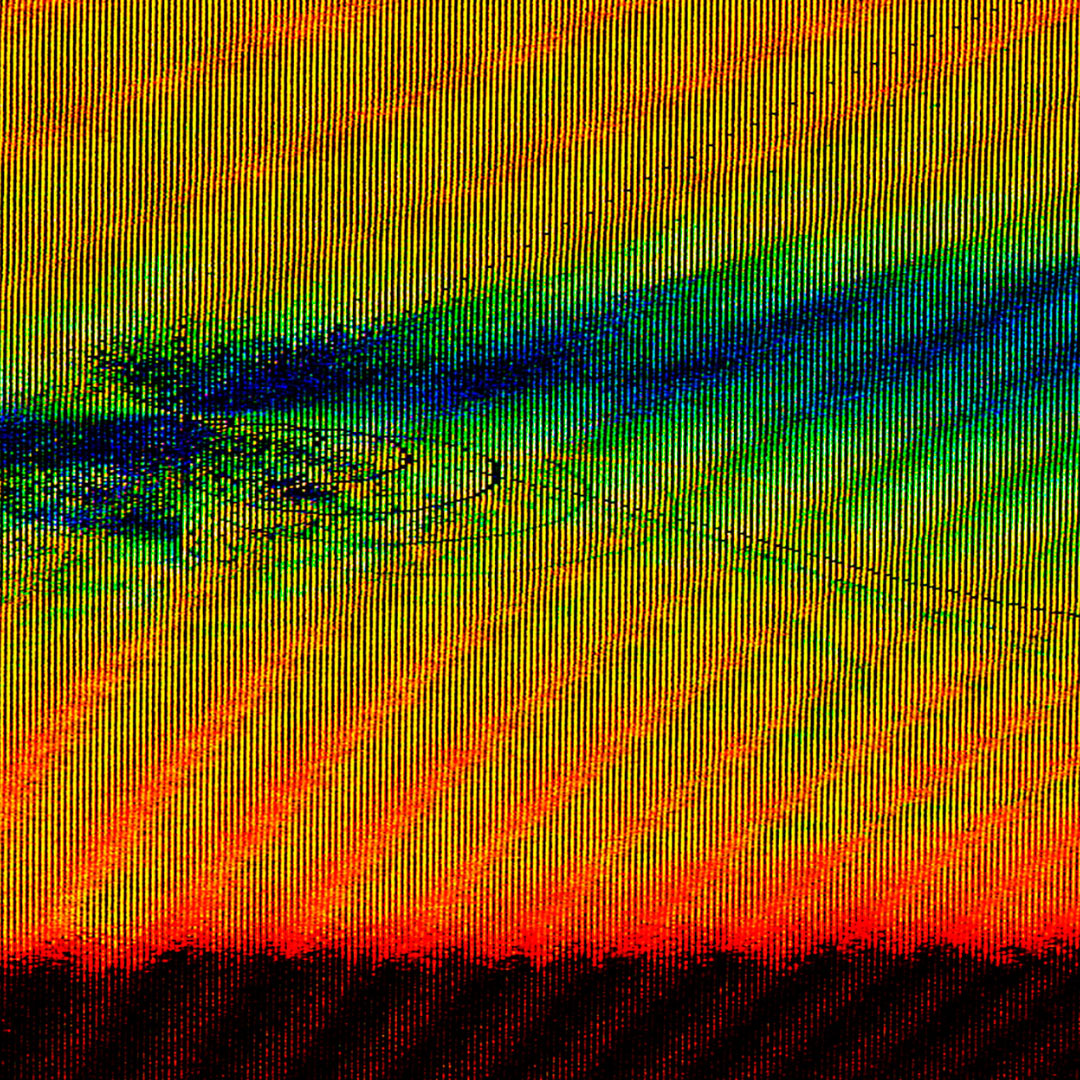Conclusion:
Photobiomodulation is reshaping how we think about pain therapy—offering a safe, effective, and non-invasive alternative. By targeting the root biological mechanisms behind pain - like inflammation, poor circulation, and cellular dysfunction - PBM not only relieves symptoms but also supports true healing and recovery.
Whether you're dealing with chronic back pain, arthritis, or muscle soreness, red and near-infrared light can be a powerful addition to your pain management strategy. Backed by growing clinical research and now accessible for at-home use, PBM is no longer just for cutting-edge clinics—it's a practical tool for anyone seeking long-term relief and better health, one wavelength at a time.
How PBM Reduces Pain - Mechanisms Explained
Pain is often the result of multiple overlapping factors: inflammation, tissue damage, poor circulation, and dysfunctional nerve signaling. PBM addresses each of these with a multi-pronged effect:
1. Reduction of Inflammation
PBM modulates the levels of inflammatory cytokines (e.g., IL-6, TNF-alpha), effectively reducing swelling and pressure on surrounding nerves.
2. Improved Blood Flow and Lymphatic Drainage
Red and NIR light promote vasodilation and angiogenesis, which helps carry oxygen and nutrients into damaged tissues while flushing out inflammatory byproducts.
3. Enhanced Cellular Repair
By stimulating mitochondrial ATP production, PBM supports faster cell recovery and regeneration—especially in muscles, tendons, and joints.
4. Neuromodulation
PBM affects peripheral nerves and may change how pain signals are transmitted to the brain. It has been shown to reduce nerve excitability and increase the pain threshold.
Clinical Applications: What Kind of Pain Can PBM Help?
Studies and clinical trials support PBM for various pain-related conditions:
-
Musculoskeletal pain – back pain, neck pain, joint issues
-
Arthritis – rheumatoid and osteoarthritis
-
Neuropathic pain – diabetic neuropathy, post-surgical nerve pain
-
Fibromyalgia – systemic pain and fatigue
-
Sports injuries – strains, sprains, delayed-onset muscle soreness (DOMS)
-
Postoperative recovery – improved wound healing, less inflammation and pain





